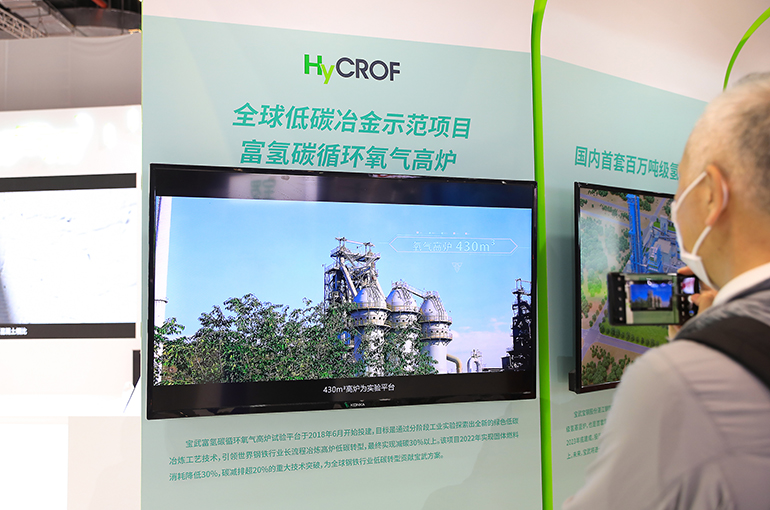 Steel Sector’s Inclusion in China’s Carbon Market May Prompt Short-Term Strains, Experts Say
Steel Sector’s Inclusion in China’s Carbon Market May Prompt Short-Term Strains, Experts Say(Yicai) March 28 -- China’s decision to add the steel industry to its carbon emissions trading market could intensify the sector’s fragmentation and force outdated production capacity to shut in the near term, while encouraging technological innovation and investment in green transition in the longer term, according to experts.
The steel, cement, and aluminum smelting industries will join the country’s carbon trading system, following the inclusion of the power sector in July 2021, the Ministry of Ecology and Environment announced on March 26. The move is expected to add 1,500 major carbon emitters to the market, accounting for more than 60 percent of China’s greenhouse emissions.
In recent years, China has been expanding its carbon market -- a system for controlling emissions through the trading of carbon credits -- after pledging to achieve peak carbon dioxide emissions by 2030 and carbon neutrality by 2060.
To cut emissions per unit of output, more steelmakers will now need to upgrade their production processes to become more environmentally sustainable and invest in low-carbon technologies, including hydrogen metallurgy, electric arc furnaces, and carbon capture, said Ge Xin, deputy director of the Lange Steel Information Research Center. Failure to do so will lead to higher carbon tax costs, he warned.
Steel mills will initially have to shoulder the cost of environmental upgrades and carbon credit purchases, said Wang Jianfu, vice president of the Steel Home Steel Research Institute. But it will be very difficult to completely offset these costs through higher steel prices in the current supply- and-demand environment, he pointed out.
The industry’s addition to the trading scheme may also hasten mergers and acquisitions, further consolidating the industry, and may also lead to the relocation of production capacity to regions with abundant clean energy in the southwest from provinces such as Hebei and Jiangsu, which are major carbon emitters, Wang noted.
Moreover, steel companies will need to set up stringent carbon emissions accounting, monitoring, and reporting systems, according to experts. Some are already preparing to participate in the carbon trading market. Hebei Steel Group, for example, has run a simulation to raise awareness of market-based carbon reduction.
Replacing carbon with hydrogen in blast furnaces is a key strategy for reducing carbon emissions in steelmaking, said China Baowu Chairman Hu Wangming, adding that the Shanghai-based firm is exploring the commercialization of its hydrogen-rich Carbon Cycle Oxygen Blast Furnace.
Editor: Kim Taylor